The Decision to Drop the Bomb: Examining the Factors That Led to the Bombing of Hiroshima and Nagasaki
Atomic bombing of Japan

The Manhattan Project
Even before the outbreak of World War II in 1939, a group of American scientists—many of whom were refugees from fascist regimes in Europe—became concerned about Nazi Germany's nuclear weapons research.
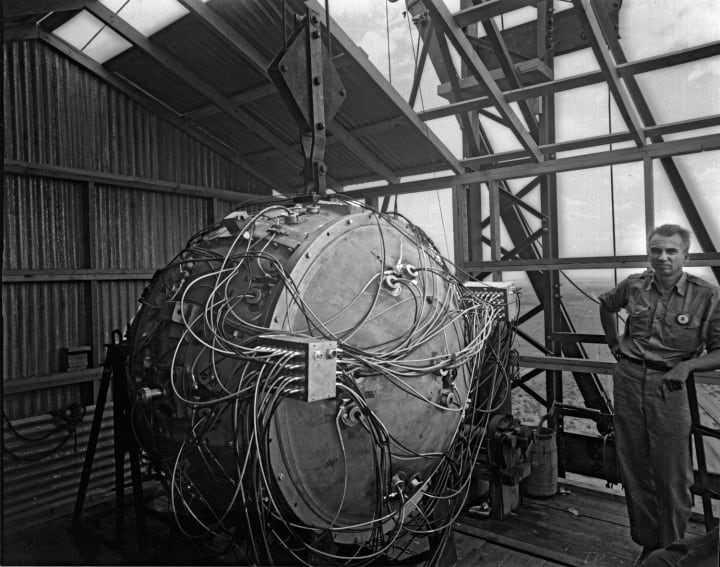
After the United States' entry into World War II, the Office of Scientific Research and Development and the War Department jointly accepted responsibility for the nation's atomic weapons development program, which began funding in 1940.
The U.S. Army Corps of Engineers was tasked with leading the construction of the massive facilities required for the top-secret program codenamed "The Manhattan Project."
The bombing of Hiroshima and Nagasaki
August 6, 1945 was a momentous event in world history. The use of atomic bombs by the United States was a controversial and highly debated decision, with many factors contributing to the ultimate decision to drop the bombs.
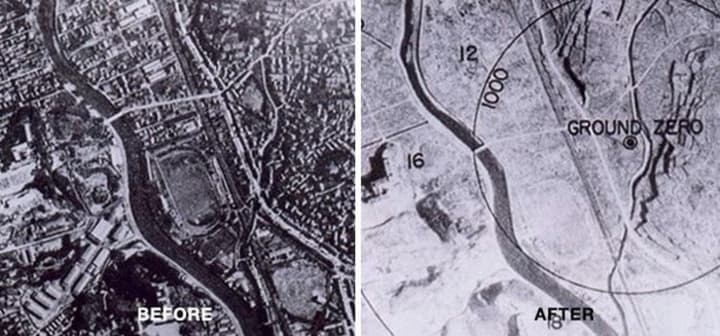
During World War II, on August 6, 1945, an American B-29 bomber dropped the first atomic bomb over the Japanese city of Hiroshima. An estimated 80,000 people were killed instantly by the explosion, and tens of thousands more would perish as a result of radiation exposure.
Three days later, a second B-29 dropped a second A-bomb on Nagasaki, resulting in the deaths of an estimated 40,000 people. Emperor Hirohito of Japan announced Japan's unconditional surrender from World War II in a radio address on August 15, citing the destructive power of "a new and cruel bomb"
Why The United States Decided to Bomb The Japanese Cities
- Military Strategy
One of the key factors that led to the decision to drop the atomic bombs was military strategy. The United States was engaged in a long and costly war with Japan, and the use of atomic bombs was seen as a way to quickly end the war and save American lives. Military leaders believed that the bombs would force Japan to surrender, and would also demonstrate the United States' military superiority to the rest of the world.
- Political Considerations
Political considerations also played a role in the decision to drop the atomic bombs. The United States was concerned about the Soviet Union's growing influence in Asia, and saw the bombing of Japan as a way to show its strength and deter Soviet aggression.
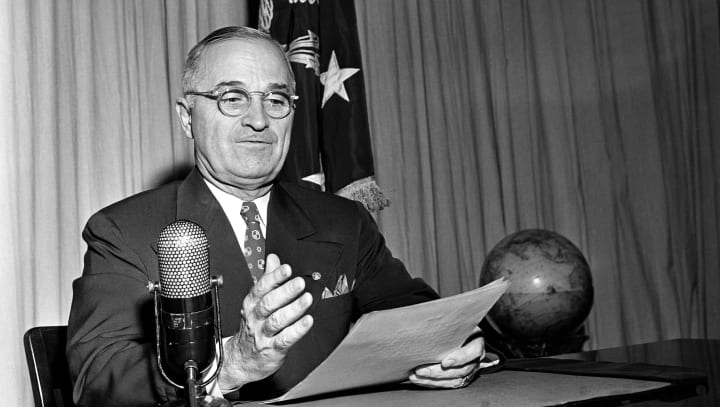
US President Harry Truman also faced pressure from his advisors and the American public to take decisive action to end the war, and the use of atomic bombs was seen as a way to accomplish this goal.
- Scientific Development
The development of atomic bombs was a major scientific achievement, and the United States was eager to demonstrate this new technology to the world. The Manhattan Project, which was the research and development program that produced the bombs, had cost billions of dollars and involved the work of thousands of scientists and engineers.
The use of the bombs was seen as a way to justify this investment and demonstrate the power of American science and technology.
Health Impact of the Bombing On Japan
The atomic bombings of Hiroshima and Nagasaki in August 1945 had a devastating impact on the health of the Japanese population.
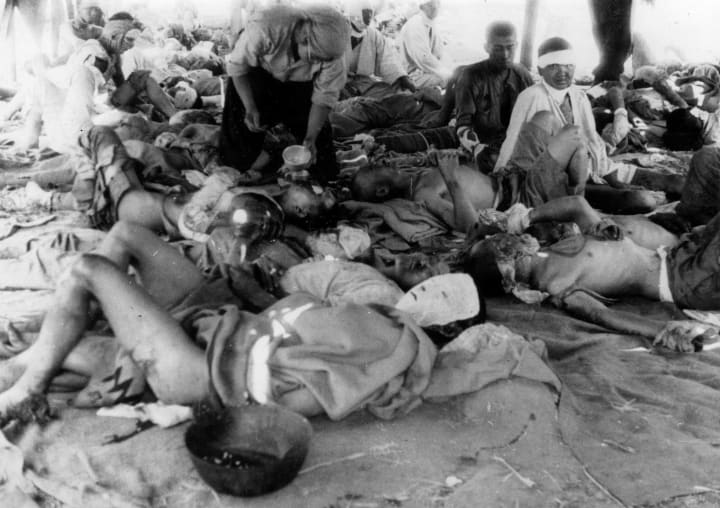
Those who survived the initial blast were exposed to high levels of radiation, which caused burns, radiation sickness, and other acute symptoms. Many survivors also experienced psychological trauma and shock, which affected their mental health and ability to cope with the aftermath of the bombings.
In the long term, the health effects of radiation exposure continued to impact the survivors and their descendants for many years after the bombings, leading to a wide range of physical health problems.
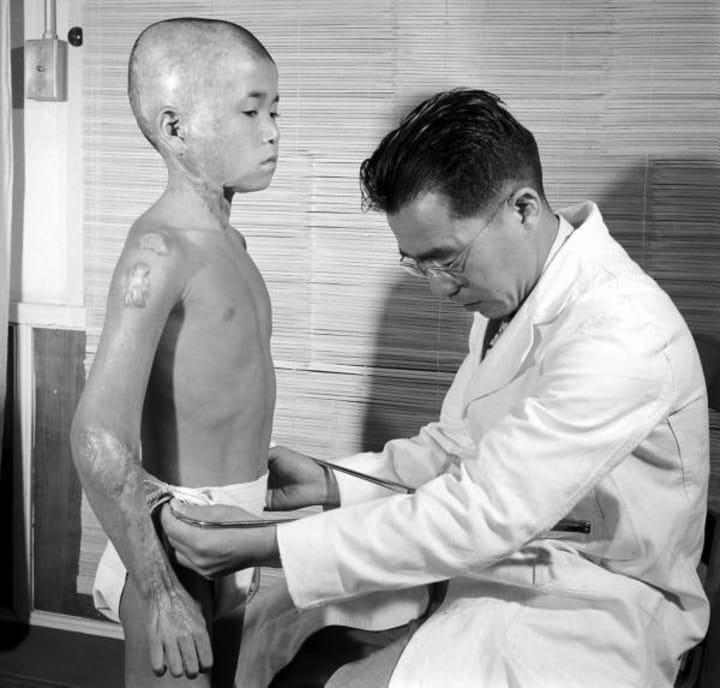
In response to the health impacts of the bombings, the Atomic Bomb Casualty Commission (ABCC) was established to study the long-term effects of radiation exposure and provide medical assistance to survivors. The ABCC collected data on the health of survivors and their descendants, which was used to develop new medical treatments and policies to address the health impacts of radiation exposure.
About the Creator
Rare Stories
Our goal is to give you stories that will have you hooked.
This is an extension of the Quora space: Rare Stories
X(formerly Twitter): Scarce Stories
Official Bookstore: davidkellertruecrime
Writers:
....xoxo
Enjoyed the story? Support the Creator.
Subscribe for free to receive all their stories in your feed. You could also pledge your support or give them a one-off tip, letting them know you appreciate their work.






Comments
There are no comments for this story
Be the first to respond and start the conversation.